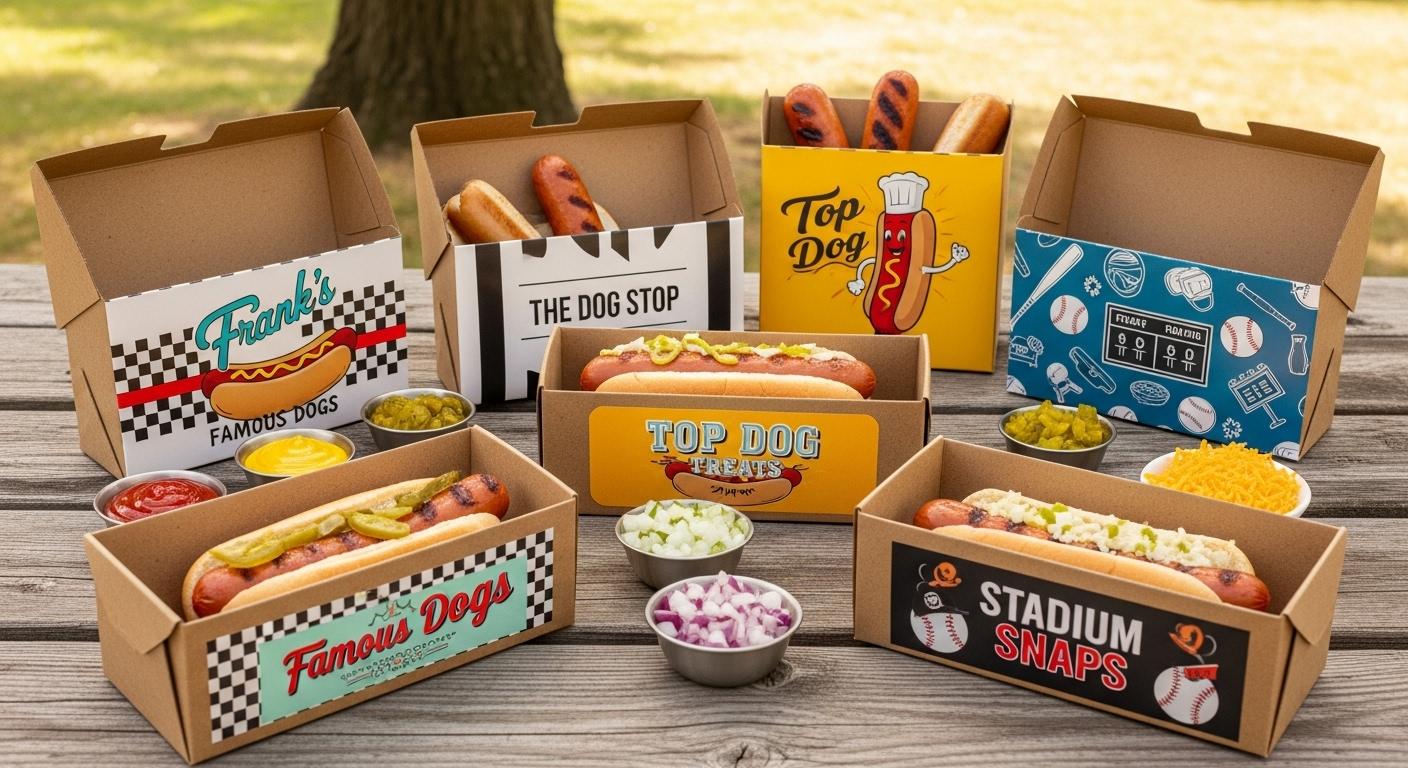What Are the Best Tips for Running a Sustainable Fast Food Business?

To be successful in the sustainable fast food business, you have to be profitable and keep your customers happy while doing your part for the environment every single day. More and more customers are opting for restaurants that are actively working to reduce waste and protect the environment in which they live. Being green brings you loyal customers, and it can also cut down on those long-term operating costs you're always paying each month. Good green business sense is good for your bottom line and for the planet we all call home.
Why Should You Switch to Compostable Wrapping Now?
Plastic wrapping in the traditional sense is left to pollute the earth for centuries, contaminating soil and water supplies. Compostable substitutes are processed by nature in a matter of months and do not leach any toxic residues into the environment. A growing number of cities are now banning foam and some plastics, and restaurants are finding sustainable solutions. eco-friendly custom hot dog trays convey your message and commitment to your customers that you care more about the environment and your community than just making a profit. Text Younger consumers particularly tend to have a preference for companies which use wrapping that is less damaging to the environment over the longer term.
How Can Local Sourcing Reduce Your Carbon Footprint?
Buying ingredients from nearby farms reduces transportation emissions significantly compared to distant shipping you need. Fresh local products often taste better and last longer than items transported thousands of miles. Seasonal menus based on local availability reduce waste from trying to source unavailable items. Building relationships with local suppliers creates community connections that benefit your business reputation over time. Products from WaxPapersHub support local manufacturing, reducing the environmental impact of long-distance shipping. Local sourcing also provides marketing stories customers find interesting and worth sharing with other people.
What Energy Efficient Equipment Saves Money Long Term?
LED lighting uses 75 percent less electricity than old bulbs while lasting years longer. Energy Star appliances cost more initially but save hundreds monthly on utility bills you pay. Programmable thermostats prevent wasting energy heating or cooling empty restaurants outside business hours you set. Regular equipment maintenance keeps everything running efficiently rather than working harder using more energy. Solar panels require large investment but can eliminate electricity costs within several years of installation. Restaurants in USA markets switching to efficient equipment report 30 percent lower operating costs annually.
How Does Waste Tracking Identify Reduction Opportunities?
Recording what you throw away reveals patterns about overproduction and ordering mistakes you make repeatedly. Separating waste categories shows exactly where most garbage originates in your daily restaurant operations. Tracking helps set realistic reduction goals and measure progress accurately over months of effort. Staff become more conscious about waste when they know you monitor and measure it. Reducing waste by just 10 percent improves profit margins while helping the environment simultaneously. Data-driven decisions about portions and ordering prevent the guesswork that creates unnecessary waste problems.
Why Should You Offer Reusable Options for Dine-In?
Disposable items for dine-in create unnecessary waste that reusable plates and cups eliminate completely here. Quality reusable items enhance customer experience making your restaurant feel less like typical fast food. Initial investment in dishes pays back through eliminating ongoing disposable costs you face each month. Dishwashing uses fewer resources than manufacturing new disposable items for every customer who visits daily. Using food packaging only where necessary balances convenience with environmental responsibility you want to demonstrate. Reusable options differentiate your sustainable fast food business from competitors using disposables for everything they serve.
How Can You Reduce Water Usage in Operations?
Low-flow faucets and spray nozzles cut water consumption without affecting cleaning effectiveness. Pre-rinsing dishes wastes gallons so scrape plates instead before loading dishwashers you use daily. Running dishwashers only when full maximizes efficiency rather than washing partial loads throughout service. Fixing leaks immediately prevents hundreds of gallons from being wasted monthly in your operation. Water-efficient equipment costs more but pays back through reduced utility bills you receive monthly. Some municipalities offer rebates for restaurants installing water-saving equipment in commercial kitchens right now.
What Role Does Staff Training Play in Sustainability?
Employees need to understand why sustainability matters and how their actions contribute to your goals. Training on portion control reduces food waste while maintaining customer satisfaction with servings they receive. Teaching efficient methods prevents overuse of water, chemicals, and supplies you purchase for operations. Staff understanding sustainability goals often suggest improvements you might not have considered before implementing. Recognition programs reward employees who consistently follow sustainable practices you want to encourage them to do. Well-trained teams take pride in working for environmentally responsible businesses they can feel good about.
How Can Digital Systems Reduce Paper Waste?
Digital ordering tablets eliminate paper tickets that get thrown away after every transaction you process. Email or text receipts instead of printed ones save paper and provide better records. Online inventory management reduces paperwork while improving accuracy of tracking you need to do. Digital schedules eliminate printed copies that change frequently throughout each week you operate the business. Menu boards instead of printed menus reduce reprinting costs when you change items offered. Going paperless saves money while supporting your sustainable fast food business image you want to project.
Why Should You Communicate Sustainability Efforts Clearly?
Customers cannot support your efforts if they do not know about changes you actually made. Table signs, website information, and social posts educate customers about your environmental commitment being shown. Transparency about sourcing and practices builds trust that keeps customers returning to your location repeatedly. Sustainability stories create emotional connections stronger than just advertising food quality or prices you offer. Many customers pay slightly more when they know their money supports responsible businesses operating. Clear communication turns sustainability from cost center into competitive advantage you can leverage for growth.
Conclusion
Building a sustainable fast food business requires commitment across all areas of your restaurant operations daily. Start with changes offering immediate cost savings while improving your environmental impact you can measure. Involve your entire team in sustainability efforts rather than making it one person's responsibility alone. Track progress regularly and celebrate improvements to maintain momentum toward environmental goals you set. Begin implementing one sustainable practice this month and gradually expand your efforts over time.




